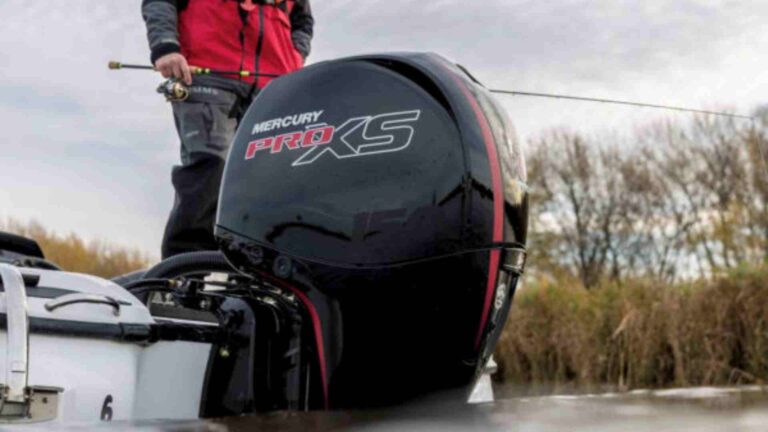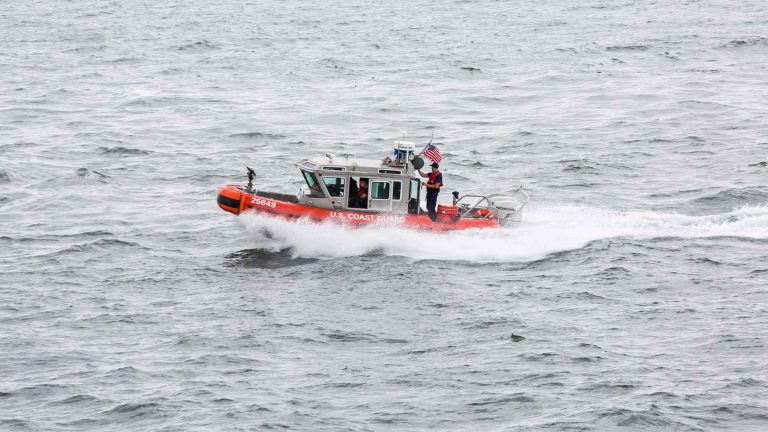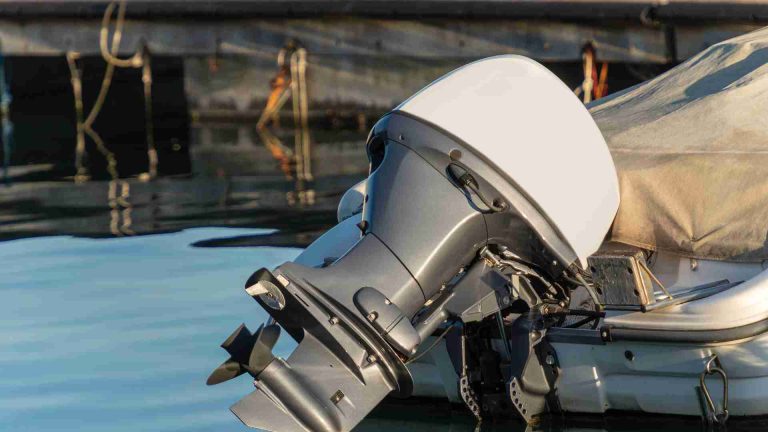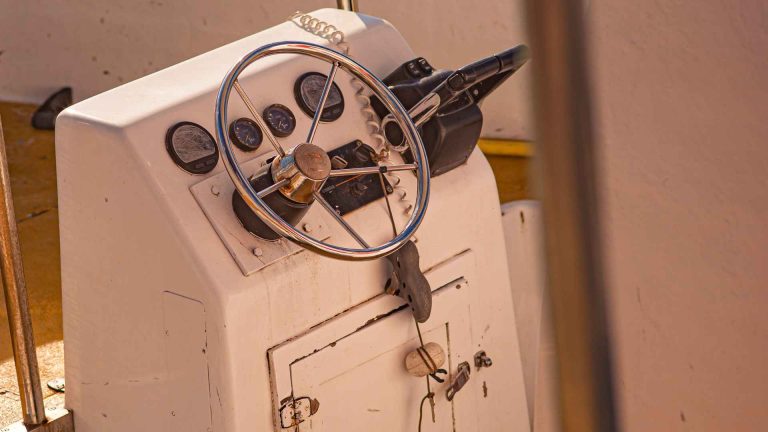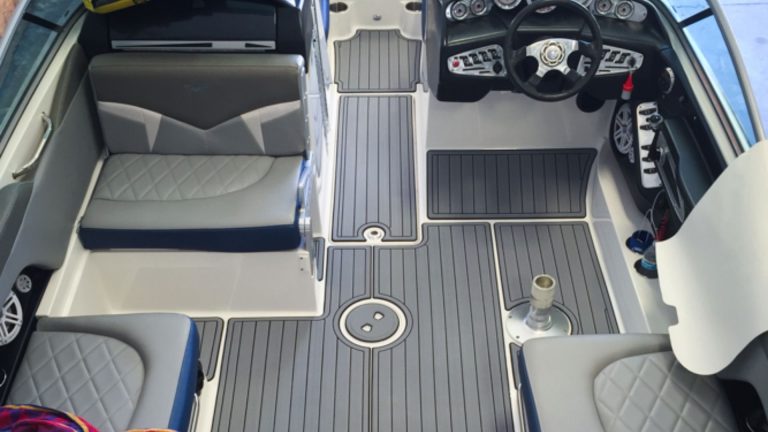Regulations for Boating in Marine Protected Areas (MPAs)
The vast and awe-inspiring expanse of our planet’s oceans is not only a source of wonder and beauty, but also a vital ecosystem teeming with life and crucial to the health of our planet. As we come to recognize the fragility of aquatic ecosystems and the increasing threats they face, the concept of Marine Protected Areas (MPAs) has emerged as a beacon of hope for conservationists and nature enthusiasts alike. These designated zones play a pivotal role in safeguarding marine biodiversity, providing sanctuary for countless species, and preserving delicate habitats that are otherwise vulnerable to human impact.
However, the delicate balance within these protected areas can be easily disrupted, even unintentionally, by human activities such as boating. The importance of respecting regulations and guidelines while navigating these waters cannot be overstated. It is imperative to understand the significance of adhering to regulations that aim to minimize disturbances and protect the very ecosystems these areas were established to conserve.
In this comprehensive guide, we delve into the intricate web of regulations and responsibilities that accompany boating within marine protected areas. By shedding light on the nuances of these guidelines, we aim to empower readers to enjoy these breathtaking locales while minimizing their ecological footprint. Join us as we embark on a journey to understand the essence of responsible boating in protected marine areas, ensuring that the majestic beauty beneath the waves remains unspoiled for generations to come.
Significance of Marine Protected Areas for Biodiversity Conservation
Marine Protected Areas (MPAs) stand as emblematic testament to humanity’s growing recognition of the critical need to conserve our planet’s oceans and the diverse life they harbor. These designated zones play a pivotal role in safeguarding biodiversity and maintaining the delicate balance of marine ecosystems. The significance of MPAs extends far beyond their boundaries, reaching into the depths of ecological interconnectedness that define our oceans.
At the heart of their importance lies the preservation of marine life. By providing a safe haven for a myriad of species, from delicate corals to majestic whales, MPAs ensure that vital breeding, feeding, and migratory habitats remain intact. These areas also function as natural nurseries, enabling fish populations to thrive and replenish surrounding waters. Furthermore, the protection of key habitats within MPAs, such as coral reefs, seagrass beds, and kelp forests, contributes to the overall health and resilience of marine ecosystems.
The responsibility of upholding the objectives of these protected areas does not solely fall on conservation organizations and policymakers. Boaters, too, play an integral role in this endeavor. By adhering to regulations that dictate restricted zones, reduced speeds, and responsible waste disposal, boaters can minimize their impact on the fragile ecosystems within MPAs. Their cooperation directly translates to the preservation of marine life and habitats, allowing future generations to revel in the splendor of untouched oceans.
The significance of Marine Protected Areas is profound and multi-faceted. They serve as beacons of hope for our oceans’ health, offering a sanctuary where marine life can flourish and ecosystems can thrive. As stewards of these precious resources, boaters have the unique opportunity to demonstrate their commitment to the sustainable future of our oceans by embracing the principles of responsible boating and wholeheartedly supporting the objectives of MPAs.
Different Types of Marine Protected Areas
Marine Protected Areas (MPAs) come in a variety of types, each tailored to address specific conservation goals and ecological needs. These designations encompass marine reserves, sanctuaries, and conservation areas, each with distinct characteristics that dictate the extent of human activities allowed within their boundaries.
Marine Reserves:
These areas are often characterized by strict protection, where human activities such as fishing and extraction of resources are either heavily regulated or entirely prohibited. The primary objective is to safeguard marine biodiversity and ecosystems in their most natural state. Marine reserves serve as vital refuges for species to grow and reproduce without undue interference.
Marine Sanctuaries:
These areas are designated to provide protection for specific species, habitats, or cultural sites. While they may permit some regulated activities, the focus is on preserving specific ecological or cultural values. Marine sanctuaries often involve partnerships between conservation organizations, local communities, and governing bodies to ensure sustainable management.
Marine Conservation Areas:
These designations strike a balance between conservation and sustainable resource use. They may permit a wider range of activities, such as recreational fishing or controlled tourism, while still maintaining regulations to prevent ecological harm. The emphasis is on coexistence, aiming to benefit both ecosystems and local communities.
Regulations within MPAs can vary significantly based on the specific designation. Marine reserves tend to have the strictest rules, limiting or prohibiting human activities that could disrupt the ecosystem. Sanctuaries may have more flexible regulations, allowing some activities while prioritizing the preservation of certain species or habitats. Conservation areas strike a compromise, allowing sustainable activities while still managing potential impacts.
Understanding the type of MPA is paramount for adhering to the appropriate rules. Ignorance of these regulations can lead to unintentional ecological damage and legal consequences. Being well-informed about the specific goals and restrictions of an MPA not only ensures compliance but also contributes to the overall success of conservation efforts.
The diverse types of Marine Protected Areas cater to a range of conservation objectives, from stringent preservation to sustainable resource use. Adhering to regulations corresponding to the MPA type is not only a legal obligation but a crucial step toward nurturing and safeguarding our marine ecosystems for the benefit of current and future generations.
Importance of Researching and Familiarizing Oneself with Specific MPA Regulations
Embarking on a boating adventure within a Marine Protected Area (MPA) demands more than just the thrill of the open water. It requires a commitment to understanding and respecting the regulations that govern these sensitive ecosystems. Researching and familiarizing oneself with MPA regulations is a vital step toward responsible boating that safeguards both the marine environment and the boating experience.
Accessing accurate and up-to-date information is paramount. Government agencies responsible for managing MPAs often provide comprehensive resources on their websites, detailing specific regulations, boundaries, and permitted activities. Park websites are treasure troves of knowledge, offering interactive maps, guidelines, and frequently asked questions to help boaters navigate the rules. Local boating associations can also be valuable sources, as they often collaborate closely with authorities and can offer insights tailored to the boating community’s needs.
Being well-informed translates directly into responsible decision-making while on the water. By knowing where no-entry zones or speed limits are enforced, boaters can avoid unintentional disturbances to wildlife or habitat. Understanding fishing restrictions helps maintain the delicate balance of marine life within MPAs. Moreover, being knowledgeable about waste disposal guidelines ensures that boaters leave no trace and minimize their ecological footprint.
In an age of readily available information, ignorance is no longer an excuse. A responsible boater, armed with the right knowledge, can contribute to the conservation of these invaluable ecosystems while enjoying a fulfilling boating experience. By taking the time to research and familiarize themselves with specific MPA regulations, boaters become stewards of the oceans, demonstrating a profound respect for the environment and a commitment to leaving it unspoiled for generations to come.
How MPAs Often Have Different Zones with Varying Levels of Protection?
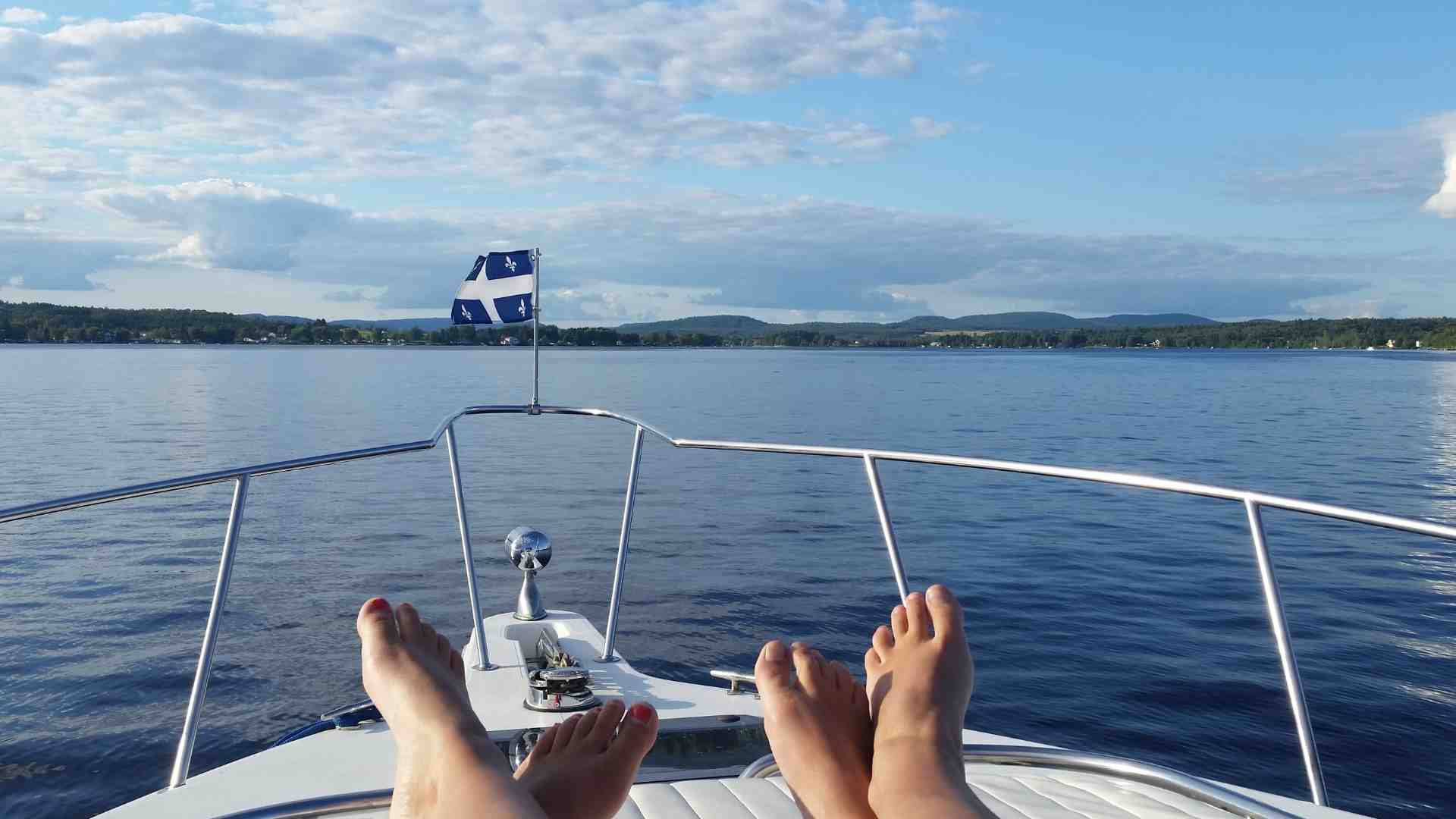
Marine Protected Areas (MPAs) are carefully designed to accommodate the diverse needs of marine conservation while considering the interests of various user groups. To achieve this delicate balance, MPAs typically incorporate zoning strategies that allocate different levels of protection to distinct areas within their boundaries.
Zoning:
Most MPAs are divided into zones, each with specific objectives and regulations. These zones can range from fully protected areas, where all extractive activities are prohibited, to zones allowing controlled recreational use. Some MPAs designate no-entry zones to safeguard critical habitats or sensitive species, while others permit sustainable activities in designated zones.
Activity Restrictions:
Fishing, anchoring, diving, and other recreational activities are subject to restrictions within MPAs. Fishing may be restricted or allowed only under specific conditions, such as catch limits or gear regulations. Anchoring might be prohibited in areas with fragile seafloor ecosystems to prevent damage. Diving could have rules in place to protect coral reefs from physical contact or disturbances.
Health and Sustainability:
Respecting these restrictions is pivotal to the health and sustainability of marine environments. Overfishing, unchecked anchoring, and disruptive diving practices can degrade ecosystems, disrupt food chains, and harm sensitive species. By adhering to regulations, boaters and visitors help create a haven where marine life can thrive, habitats can recover, and the intricate balance of underwater ecosystems can be preserved.
Boaters who conscientiously follow these regulations become partners in conservation. Their actions, guided by an understanding of the purpose behind zoning and activity restrictions, contribute directly to the resilience of MPAs. By treading lightly and respecting the limits set by these zones, they embrace the role of responsible stewards, ensuring that the treasures of the ocean remain intact for future generations to explore and cherish.
Importance of Speed Regulations Within MPAs
Speed regulations within Marine Protected Areas (MPAs) hold a crucial role in maintaining the delicate balance of these precious marine ecosystems. The importance of adhering to speed limits cannot be overstated, as it directly influences the safety of both boaters and the environment they navigate.
Ecological Preservation:
Excessive speeds can have detrimental effects on marine life and habitats. Fast-moving vessels can disturb sensitive species, such as nesting birds or marine mammals, causing stress or interrupting vital behaviors like feeding and breeding. Furthermore, the powerful wakes generated by speeding boats can lead to erosion along shorelines and damage to underwater habitats like seagrass beds and coral reefs.
No-Wake Zones:
No-wake zones are designated areas where boaters are required to operate their vessels at low speeds, essentially minimizing the wake created. These zones are strategically placed to protect shallow habitats, fragile coastlines, and areas with heavy marine traffic. By avoiding the creation of disruptive wakes, no-wake zones prevent shoreline erosion, preserve seagrass beds, and limit sediment disturbance, all of which contribute to the overall health of the marine environment.
Safety:
Adhering to speed limits is not only essential for the environment but also for the safety of boaters themselves. Slower speeds improve visibility, reduce the risk of collisions with other vessels or marine life, and provide boaters with better reaction time in case unexpected obstacles appear.
Speed regulations and the implementation of no-wake zones in MPAs serve as vital tools in nurturing the vitality and longevity of marine ecosystems. By recognizing the significance of these measures and respecting speed limits, boaters not only ensure their own safety but also play an active role in safeguarding the fragile balance that sustains underwater life. Responsible boating within MPAs demonstrates a commitment to both marine conservation and shared enjoyment of the ocean’s wonders.
Regulations Surrounding Anchoring and Mooring Within MPAs
Anchoring and mooring regulations within Marine Protected Areas (MPAs) are put in place to mitigate the potential harm that boating activities can inflict on sensitive marine ecosystems. Understanding and adhering to these regulations are essential for responsible boating and the preservation of these invaluable underwater habitats.
Anchoring Regulations:
Many MPAs have restrictions on anchoring to prevent damage to seafloor habitats and delicate ecosystems. Dropping anchors can disturb seagrass beds, coral reefs, and other underwater structures, causing irreversible harm. In some cases, anchoring might be completely prohibited within certain areas to safeguard vulnerable habitats.
Designated Mooring Buoys:
To address the need for secure boat anchoring without causing damage, some MPAs install designated mooring buoys. These buoys are strategically placed in areas where anchoring is discouraged or prohibited. Boaters can attach their vessels to these buoys instead of dropping anchors, ensuring that they do not damage the seafloor or disrupt marine life. By utilizing mooring buoys, boaters help reduce their ecological footprint and contribute to the overall health of the marine environment.
Protecting Coral Reefs and Habitats:
Coral reefs, in particular, are exceptionally sensitive to anchoring. Anchors can break or damage coral colonies, disrupting their growth and stability. Proper anchoring practices, including the use of mooring buoys when available, are crucial to prevent the destruction of these intricate and fragile structures that support a wealth of marine life.
By respecting anchoring and mooring regulations, boaters demonstrate their commitment to marine conservation. Responsible anchoring practices not only prevent immediate harm but also contribute to the long-term health and sustainability of marine ecosystems within MPAs. As stewards of these vital underwater environments, boaters play a pivotal role in ensuring that the beauty and biodiversity of our oceans remain intact for generations to come.
Regulations Related to Waste Management and Pollution Prevention
Regulations pertaining to waste management and pollution prevention are integral components of responsible boating within Marine Protected Areas (MPAs). These regulations aim to minimize the negative impact of human activities on the marine environment, ensuring its health and sustainability.
Waste Disposal Regulations:
Many MPAs have strict rules regarding the disposal of waste, including trash, sewage, and hazardous materials. The improper disposal of waste can lead to contamination, harm to marine life, and degradation of water quality. Boaters are often required to properly store and dispose of waste in designated facilities onshore.
Sewage Management:
Discharging untreated sewage directly into the water poses a significant threat to marine ecosystems and public health. Many MPAs have regulations that mandate the use of sewage holding tanks or sewage pump-out facilities for boats with onboard toilets. This prevents the release of harmful pathogens and pollutants into the water.
Hazardous Materials:
Proper storage and disposal of hazardous materials, such as fuel, oil, and cleaning products, are of paramount importance. Spills and leaks from these substances can cause lasting damage to marine habitats and wildlife. Regulations often require boaters to have spill containment equipment onboard and to use designated facilities for hazardous waste disposal.
Environmental Responsibility:
Boaters bear a shared responsibility for keeping the marine environment clean and free from pollution. By adhering to waste management regulations, they actively contribute to the well-being of marine life and ecosystems. Proper waste disposal not only protects the environment but also enhances the overall boating experience by ensuring that these pristine waters remain unspoiled.
Waste management and pollution prevention regulations are critical for maintaining the integrity of Marine Protected Areas. Boaters have a crucial role to play in upholding these regulations and in safeguarding the beauty and health of our oceans. By embracing their environmental responsibility, boaters become advocates for marine conservation, leaving behind a legacy of responsible boating for future generations to enjoy.
Regulations Concerning Interactions with Marine Wildlife

Regulations surrounding interactions with marine wildlife within Marine Protected Areas (MPAs) are established to ensure the well-being of these animals and to maintain the delicate balance of their ecosystems. Respectful and responsible behavior around marine wildlife is essential for both the animals and the marine environment.
Wildlife Interaction Regulations:
Most MPAs have guidelines in place that dictate a safe distance for approaching marine wildlife. These regulations are designed to minimize stress and disturbance to the animals. Specific activities, such as swimming with dolphins, may also have restrictions to prevent altering the animals’ natural behaviors.
Preventing Stress and Disturbance:
Approaching marine wildlife too closely can have serious consequences. Animals may become stressed, altering their feeding, mating, and migratory patterns. Mothers and young animals can be particularly vulnerable to disturbances. These disturbances can lead to decreased reproductive success and overall population health.
Protection of Habitats:
Respecting wildlife boundaries also indirectly contributes to the protection of their habitats. Many marine animals are closely linked to specific environments, such as nesting beaches or coral reefs. Disrupting their behavior or habitat can have cascading effects on the entire ecosystem. By maintaining a safe distance, boaters help safeguard these critical habitats and the delicate balance they support.
Responsible boating involves understanding the impact of our actions on the marine world and adapting our behavior accordingly. Adhering to regulations and showing consideration for marine wildlife not only ensures their welfare but also preserves the remarkable biodiversity of our oceans. By keeping a respectful distance, boaters become allies in the ongoing efforts to conserve marine life and maintain the natural harmony of marine ecosystems within MPAs.
Steps for Reporting Violations or Suspicious Activities Within MPAs
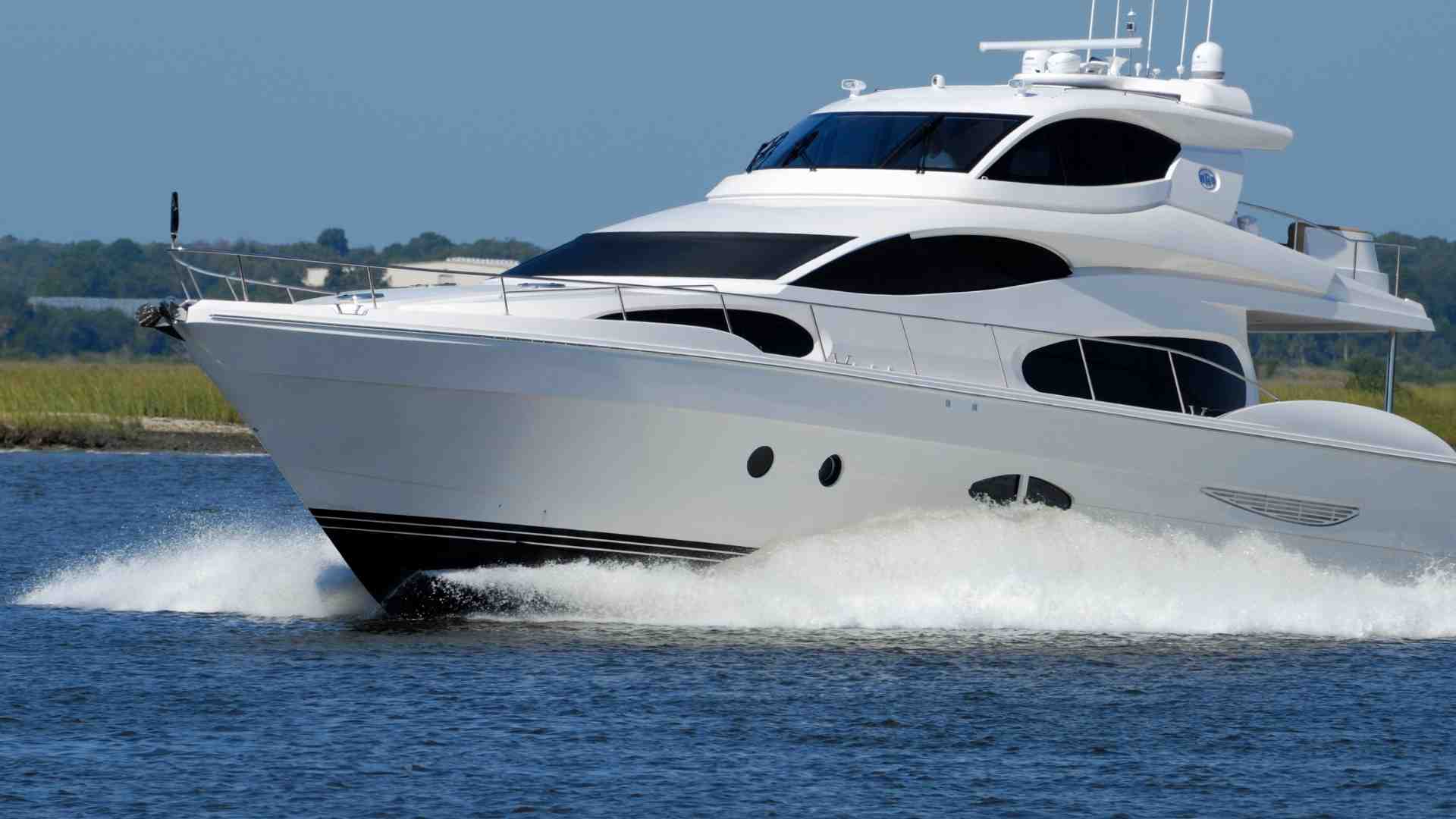
Reporting violations or suspicious activities within Marine Protected Areas (MPAs) is a crucial step in upholding the integrity of these protected environments. By actively participating in reporting, boaters become valuable allies in the preservation of marine ecosystems and the enforcement of regulations.
Steps for Reporting Violations:
- Document the Incident: If you witness a violation or suspicious activity, gather as much information as possible. Note the date, time, location, and a description of the incident.
- Take Photos or Videos: Visual evidence can be highly effective. Capture clear photos or videos that clearly show the violation or activity without putting yourself or others at risk.
- Contact Relevant Authorities: Report the incident to the appropriate authorities responsible for managing the MPA. This could include local law enforcement, park rangers, or designated reporting platforms.
- Provide Information: When reporting, provide all the gathered information, including visual evidence and any relevant details. This helps authorities assess the situation accurately.
Cooperative Efforts:
Boaters’ collaboration with law enforcement agencies is essential for effective MPA management. Law enforcement personnel often rely on the eyes and ears of boaters to report violations that they may not witness firsthand. This cooperative relationship creates a network of vigilant individuals dedicated to preserving the marine environment.
Importance of Reporting:
Reporting violations serves multiple purposes. It holds those responsible accountable for their actions, discourages future violations, and helps authorities take appropriate actions to enforce regulations. Ultimately, reporting violations ensures that the rules established to protect marine ecosystems are respected and followed, contributing to the overall health and sustainability of MPAs.
By actively engaging in reporting, boaters demonstrate their commitment to the well-being of the oceans they enjoy. Their role as responsible stewards extends beyond personal enjoyment to the preservation of marine life and habitats for present and future generations.
What are Marine Protected Areas (MPAs)?
Marine Protected Areas are designated zones in oceans, seas, and other water bodies that are established to conserve marine ecosystems, habitats, and species. These areas are subject to specific regulations to minimize human impact and support sustainable marine conservation efforts.
What are the common regulations for boating in protected marine areas?
Common regulations include speed limits, no-entry zones, restrictions on anchoring and fishing, guidelines for waste disposal, and maintaining a safe distance from marine wildlife. These rules are designed to minimize disturbance to marine life, protect sensitive habitats, and ensure the long-term health of the marine environment.
How can I access information about regulations in specific Marine Protected Areas?
Government agencies, park websites, and local boating associations are reliable sources of information. These platforms offer details about designated zones, permitted activities, guidelines for responsible boating, and ways to access accurate and up-to-date information.
What is the significance of adhering to speed limits and no-wake zones in MPAs?
Adhering to speed limits and respecting no-wake zones is vital to prevent disturbances to marine life and habitats. Excessive speeds can stress or harm wildlife, disrupt breeding and feeding activities, and lead to shoreline erosion. No-wake zones protect fragile coastal areas and underwater habitats from damage caused by boat wakes.
How does reporting violations contribute to the enforcement of regulations in MPAs?
Reporting violations is essential for ensuring that regulations are followed and enforced effectively. It allows authorities to take appropriate actions against those who disregard conservation rules. By reporting violations, boaters play an active role in maintaining the integrity of MPAs and preserving marine ecosystems for future generations.
Conclusion

In navigating the intricate waters of Marine Protected Areas (MPAs), several key points emerge as essential to responsible and sustainable boating. These designated zones are pivotal in conserving marine ecosystems, safeguarding habitats, and nurturing diverse marine life. Adhering to regulations within MPAs becomes not only a legal requirement but a moral obligation to protect these invaluable treasures.
Understanding the significance of speed regulations, no-wake zones, and proper waste management underscores the importance of minimizing our impact on the marine environment. Respecting wildlife boundaries and reporting violations contribute to the shared goal of ensuring the well-being of marine life and the health of underwater ecosystems.
This article serves as a comprehensive guide to navigate the complex world of regulations in protected marine areas. By using this guide, boaters can arm themselves with the knowledge necessary to navigate these pristine waters responsibly. Each individual’s commitment to understanding, respecting, and adhering to MPA regulations is a step towards becoming an active participant in marine conservation.
As we conclude, let us embark on our boating journeys with newfound awareness and appreciation. With the wisdom gained from this guide, we can enjoy the beauty of our oceans while harmonizing with nature. Together, we can confidently play a vital role in the ongoing endeavor to safeguard our oceans, ensuring their vibrancy for generations to come.
Share Regulations for Boating in Marine Protected Areas (MPAs) with your friends and Leave a comment below with your thoughts.
Read How to Prevent Osmotic Blisters on Fiberglass Boat Hulls? until we meet in the next article.

